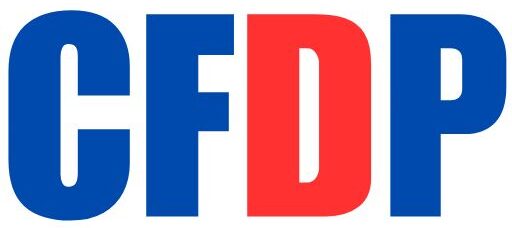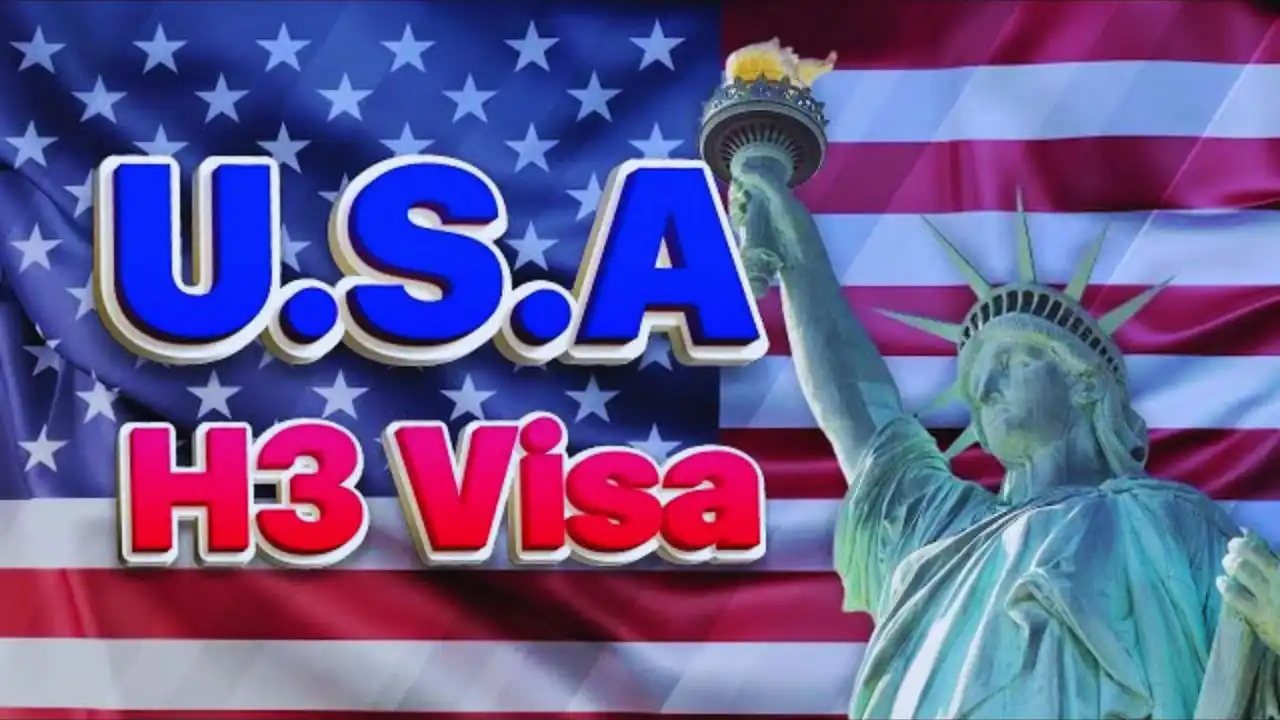H-3 Visa: It is a nonimmigrant visa category that permits a foreign national to travel to the United States to receive training, participate in a special education program, or both. The H-3 visa is not meant for full-time employment but is devoted to developing skills and offering experience which will benefit the applicant once returned to the native country. Following is the complete description of the H-3 visa application process, requirements, fees, and answers to generally asked questions.
What Is an H-3 Visa?
The H-3 visa is intended for persons invited by a petitioning U.S. organization to receive training in business, agriculture, technology, finance, or any other profession, including special education programs for children with disabilities. Training is not available in the applicant’s home country and should not include productive employment unless it is incidental to the training activity.
Procedure of Application
The procedure for acquiring an H-3 visa consists of several steps:
An organization sponsoring training in the United States will submit Form I-129 (Petition for Nonimmigrant Worker) to the United States Citizenship and Immigration Services (USCIS). This petition must be accompanied with a complete description of the training program along with the goals and the schedule, proving it is offered in a country other than that of the applicant.
USCIS Approval:
If the petition is granted by USICS, then the organization will get the notice of action, that is, Form I-797. Then using this letter, the applicant will be applying for H-3 visa.
Visa Application (Form DS-160):
The applicant must complete Form DS-160, the online application form for nonimmigrant visas, and pay the visa application fee.
Schedule Visa Interview:
Visa interview must be scheduled by applicants aged 14-79 years at the nearest US embassy or consulate. The following documents are necessary for this:
- Valid passport
- Copy of Form I-797
- Proof for the payment of visa application fee
- Photo that meets US visa standards
- Supporting documentation such as training program details and evidence of ties to the home country
- Attend the Visa Interview:
- During the interview, queries will be raised about the training program, its purpose, and what the applicant intends to do after going back to the home country.
- Receive the Visa:
- Issued the H-3 visa, and the applicant can now travel to the US to take part in the training program.
Fees
Costs to be incurred while applying for H-3 include:
Petition Filing Fee (Form I-129): $460 (paid by the sponsoring organization)
Visa Application Fee (Form DS-160): $190 (paid by the applicant)
Premium Processing (Optional): $2,500 for expedited USCIS processing of the Form I
- Family Member Admitted Very Well in H-3 Visa
Yes, he may be joined by immediate family members, namely a spouse and unmarried children under the age of 21. Such family members, however, would have an H-4 visa but would not be eligible to work within the United States. - Possibility for H-3 Holder in Switching Insurance
Of course, another possible conversion is from H-3 visa holder to another visa, like H-1B or F-1 if they meet eligibility criteria. However, a positive change of status must go on a case-by-case basis with the USCIS. - H-3 Visas Cap
H-3 visas are not subject to a cap for general training programs, although the specific training program for students with mental disabilities is capped to a maximum of 50 visas in a given fiscal year. - How Long Does Application Processing Take?
The time taken to process an H-3 visa varies according to the workload of the USCIS and the schedule at a U.S. embassy, but there is an option of premium processing for the speedy adjudication of the Form I-129 petition.




